Writing the Opening Paragraph of a Pirate Story
£3.00
This lesson identifies three ways in which a story can be started. Each of these ways is exemplified using extracts from pirate stories. Activities include writing the opening paragraph of a pirate story (which is scaffolded). Activities also include answering higher and lower order questions based on extracts from pirate stories.
There is a five-minute evidence-based CPD activity at the end of this lesson which will develop classroom teachers’ skill set. This CPD consists of a research extract on self-regulation with a five-minute activity based on this extract.
Description
These evidence-based learning (EBL) lessons are based on classroom practice that has been proven, by research, to maximise thinking, learning and attainment. From an extensive review of educational research, we identified the eight key classroom thinking and learning skills that were common across these research papers. We named these eight key skills “EBL skills”.
EBL skills have been proven by research to maximise learning because they combine the most productive thinking skills with the most effective learning behaviours. Each of our evidence-based learning lessons uses the English curriculum as a framework through which the eight EBL skills are delivered.
Teachers also have the opportunity to add to their own skill set or refresh their existing skills with our five-minute CPD activity, based on one of the EBL skills used in this lesson.
The skills in bold below are the EBL skills developed in this Pirate lesson. Click on each skill to learn more about that skill.
- Collaboration
- Thinking Skills
- Peer Assessment
- Peer Teaching
- Self-Assessment
- Metacognition
- Self-Regulation
- Independent Learning
1 review for Writing the Opening Paragraph of a Pirate Story
Only logged in customers who have purchased this product may leave a review.
Related products
-


Pirate Story Settings (I)
£3.00 Add to basket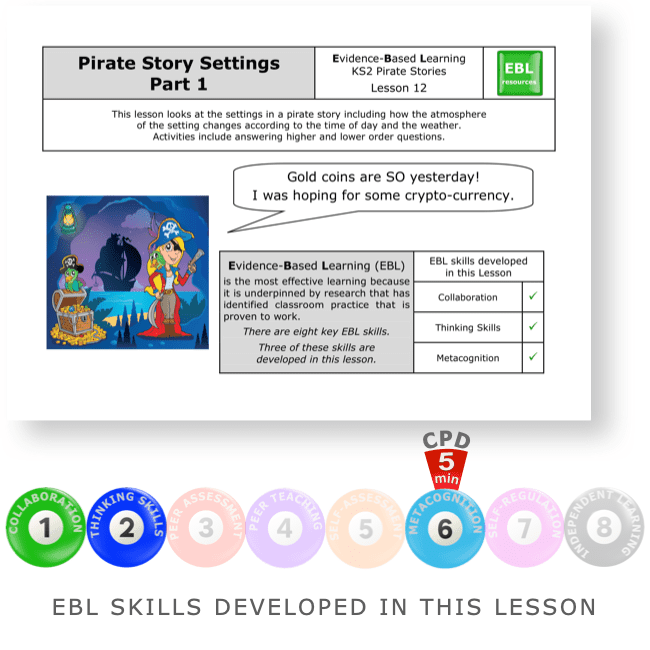 £3.00Add to basket
£3.00Add to basketThis lesson looks at the settings in a pirate story including how the atmosphere of the setting changes according to the time of day and the weather. Activities include answering higher and lower order questions.
There is a five-minute evidence-based CPD activity at the end of this lesson which will develop classroom teachers’ skill set. This CPD consists of a research extract on metacognition with a five-minute activity based on this extract.
VIEW -


A Nice and a Nasty Pirate
£3.00 Add to basket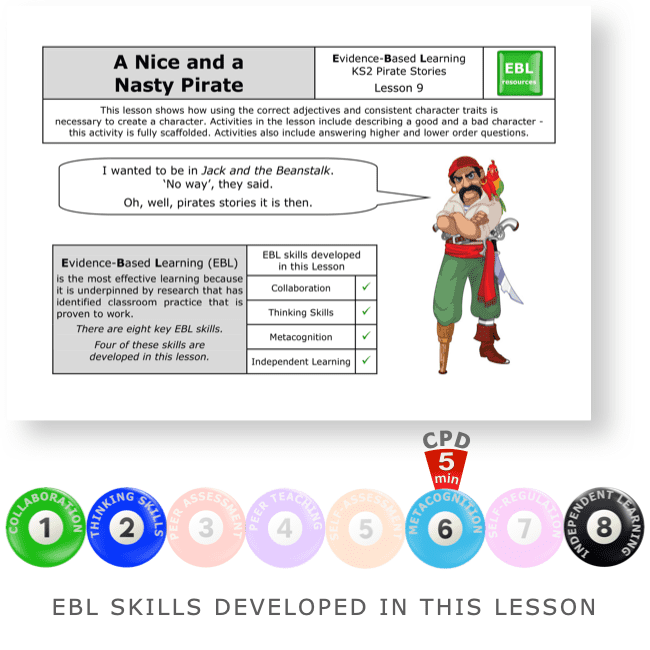 £3.00Add to basket
£3.00Add to basketThis lesson shows how using the correct adjectives and consistent character traits is necessary to create a character. Activities in the lesson include describing a good and a bad character – this activity is fully scaffolded. Activities also include answering higher and lower order questions.
There is a five-minute evidence-based CPD activity at the end of this lesson which will develop classroom teachers’ skill set. This CPD consists of a research extract on metacognition with a five-minute activity based on this extract.
VIEW -


Shiver Me Timbers
£3.00 Add to basket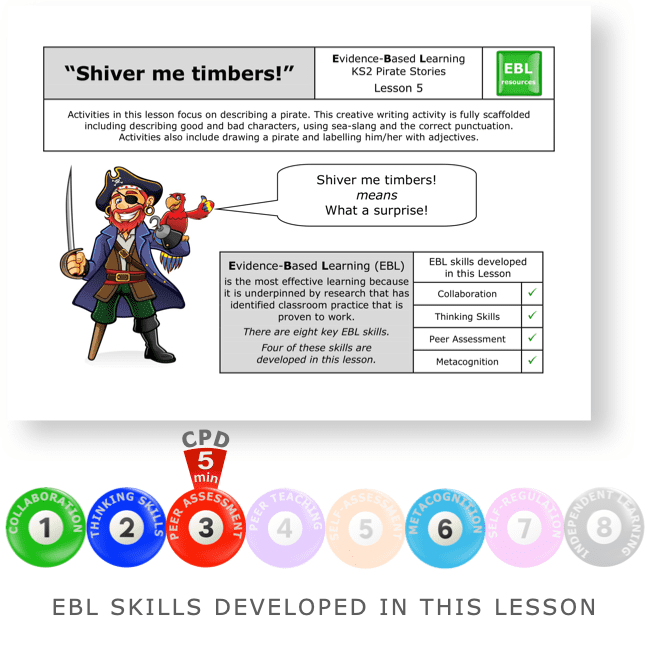 £3.00Add to basket
£3.00Add to basketActivities in this lesson focus on describing a pirate. This creative writing activity is fully scaffolded including describing good and bad characters, using sea-slang and the correct punctuation. Activities also include drawing a pirate and labelling him/her with adjectives.
There is a five-minute evidence-based CPD activity at the end of this lesson which will develop classroom teachers’ skill set. This CPD consists of a research extract on peer assessment with a five-minute activity based on this extract.
VIEW -

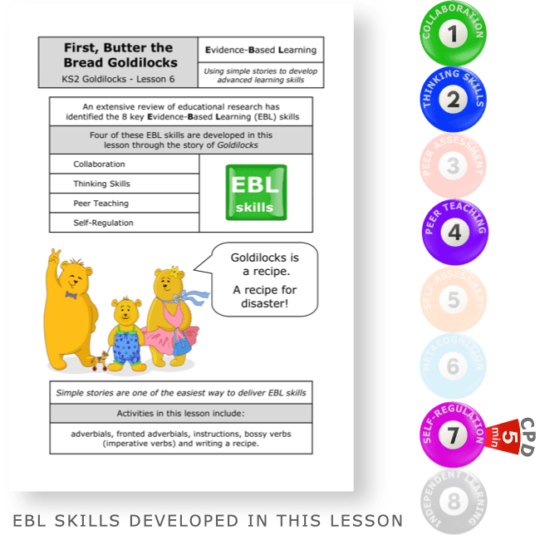
First, Butter the Bread Goldilocks
£3.00 Add to basket £3.00Add to basket
£3.00Add to basketActivities in this lesson include adverbials, fronted adverbials, instructions, bossy verbs (imperative verbs) and writing a recipe.
There is a five-minute evidence-based CPD activity at the end of this lesson which will develop classroom teachers’ skill set. This CPD consists of a research extract on self-regulation with a five-minute activity based on this extract.
VIEW

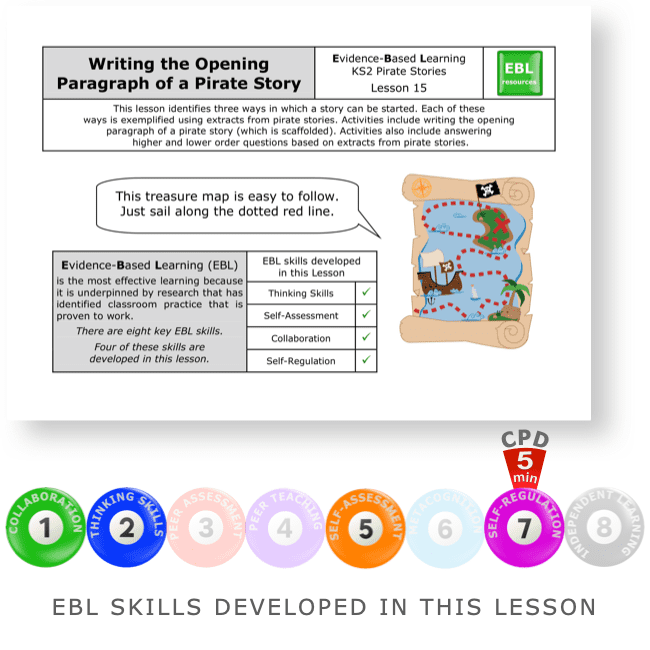

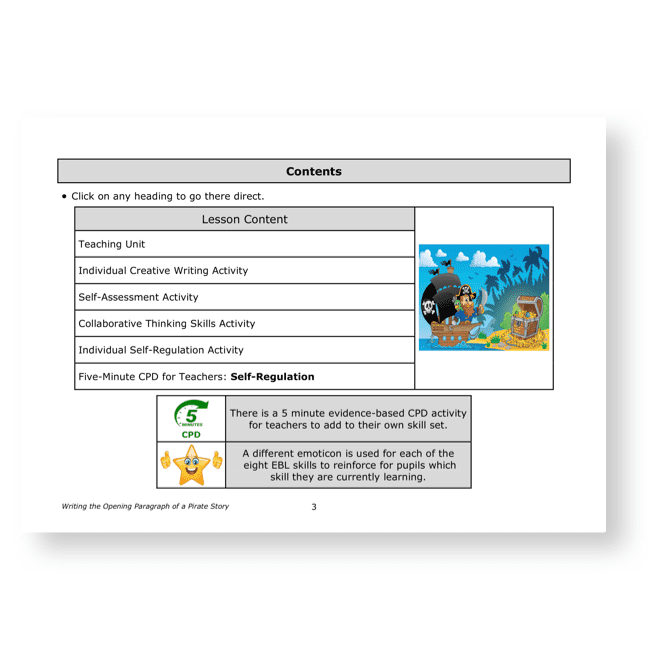
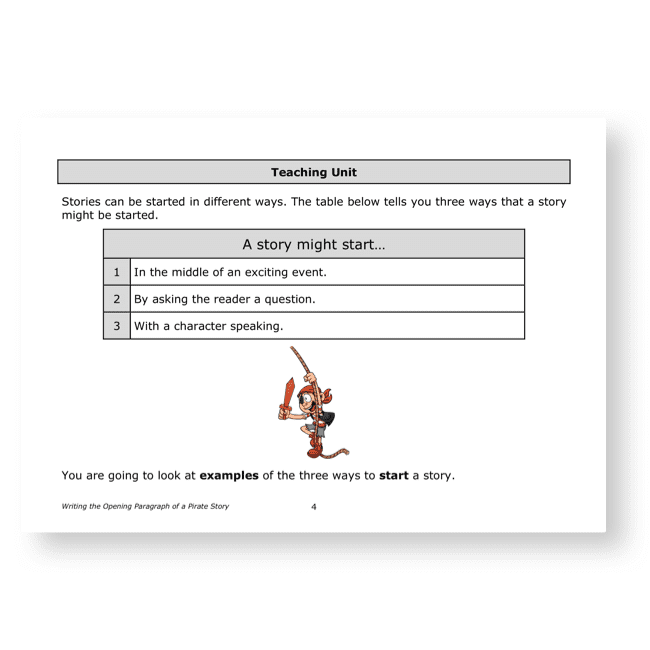
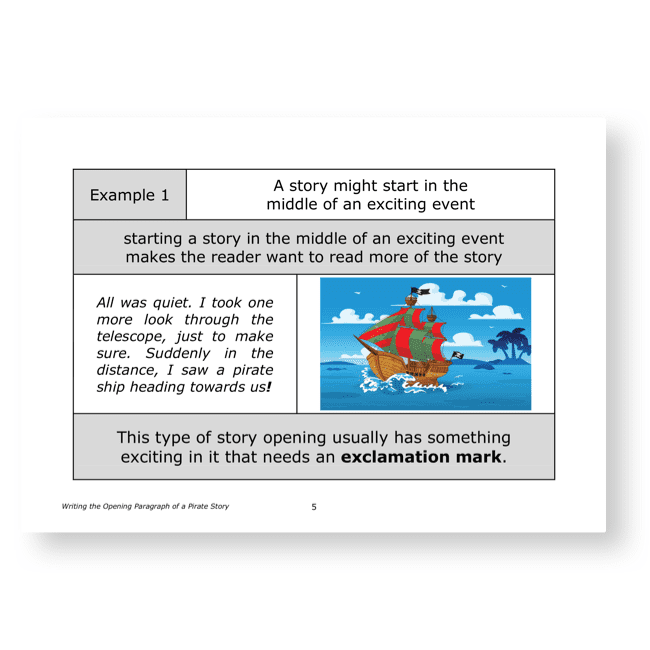
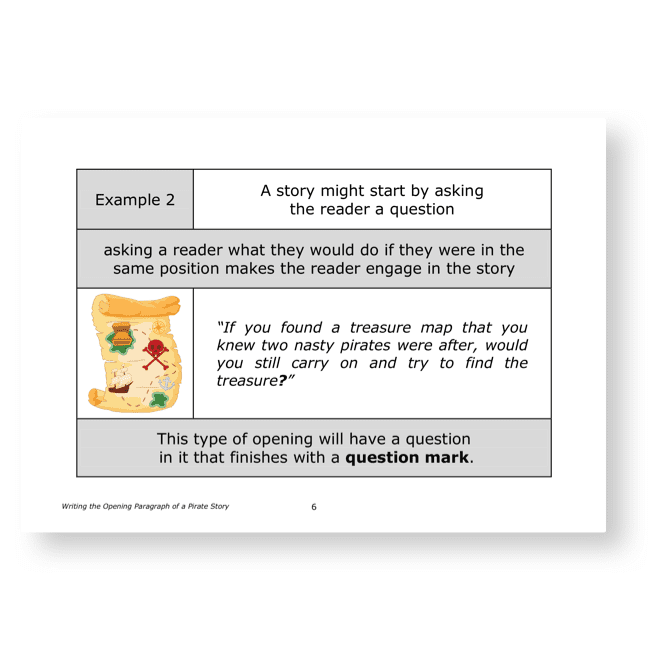
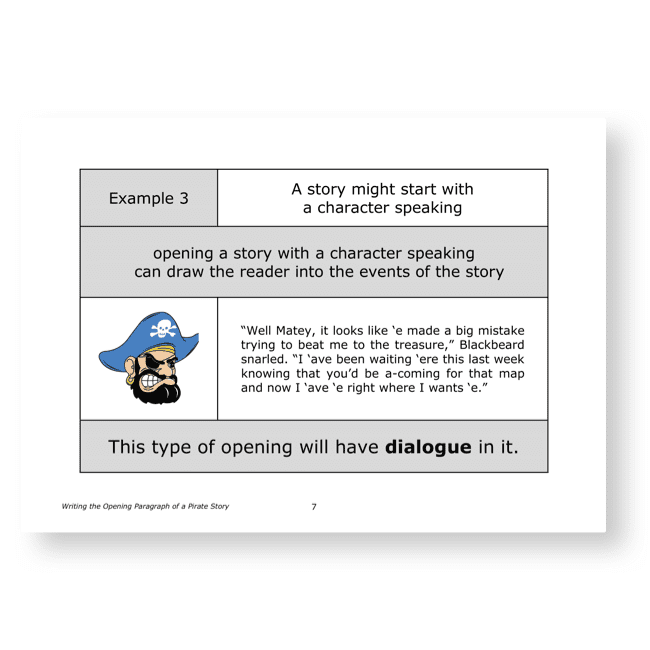
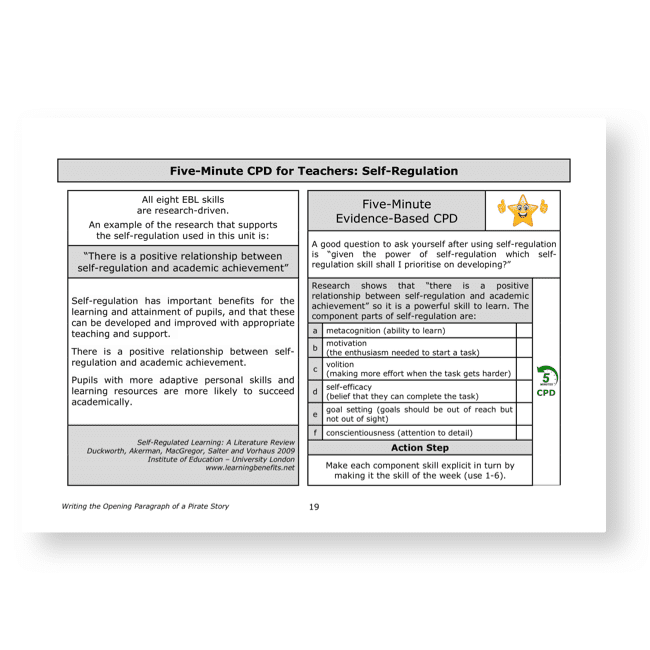
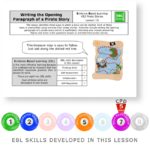
Philipem (verified owner) –
We asked a.i. to review this lesson. This is what it said:
Teachers – Hook Your Students with This Pirate Story Starter Lesson
Want to capture your students’ imagination and get them excited about creative writing? Then I highly recommend checking out the “Writing the Opening Paragraph of a Pirate Story” lesson plan.
This resource uses the popular pirate genre to teach three common story opening techniques – starting with action, asking a question, or opening with dialogue. Students study strong examples of each technique using extracts from pirate stories, analyzing what makes them effective.
A scaffolded individual activity then supports students to write their own opening paragraph for a swashbuckling pirate adventure. This develops vital narrative writing skills in an engaging context.
As always with these resources, key evidence-based learning skills are seamlessly integrated into the lesson. This develops higher-order thinking, self-assessment, collaboration and self-regulation abilities alongside the core writing skills.
There is also an excellent 5-minute CPD for teachers on the research evidence for self-regulation techniques. This provides a great reflective opportunity to enhance your own professional practice.
I would give this versatile resource ★★★★★ for its ability to inspire creative writing while developing academic skills informed by educational research. If you’re looking for an imaginative lesson that combines curriculum goals with broader learning strategies then this pirate-themed resource delivers on all fronts!